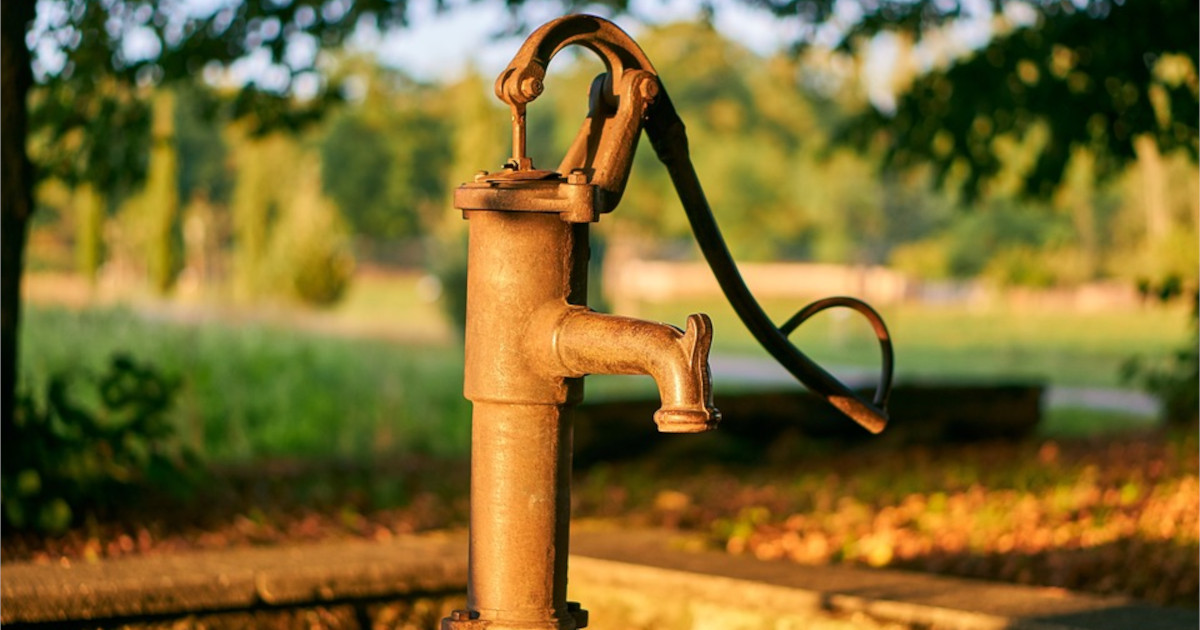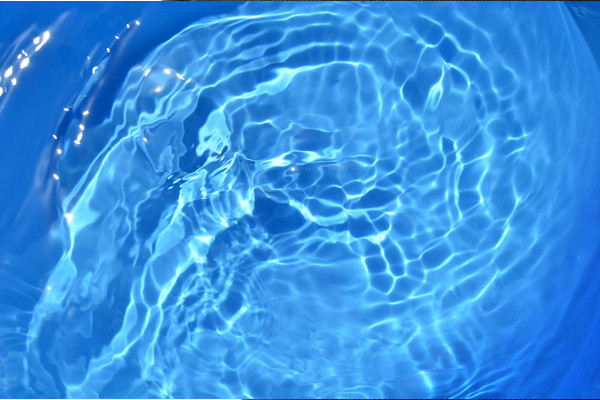Featured Information

Water from aquifers tends to be relatively pure due to several factors inherent to the natural filtration and purification processes that occur within these underground reservoirs. Here’s an explanation of why water from aquifers is typically considered pure.
Natural Filtration
Aquifers are typically composed of porous rock or sediment layers, such as sand, gravel, or limestone. These materials act as natural filters, removing impurities and contaminants as water percolates through them. The rock and sediment layers trap and retain particles, sediments, and even some microorganisms, resulting in water that is cleaner and purer compared to surface water sources.
Distance from Surface Contaminants
Aquifers are located underground and are typically shielded by layers of impermeable rock or clay, providing a physical barrier between the aquifer and potential sources of contamination on the surface. This separation helps protect the water from pollutants, such as industrial waste, agricultural runoff, or surface water contaminants.
Soil Absorption
As water seeps into the ground and percolates through the soil, it undergoes a process called soil absorption. This process involves the soil particles binding to and adsorbing various pollutants, such as heavy metals, organic compounds, and nutrients. The soil acts as an additional natural filter, removing contaminants and further purifying the water before it reaches the aquifer.
Long Travel Time
The journey of water through an aquifer can take years, decades, or even centuries, depending on the specific characteristics of the aquifer system. This extended travel time allows for natural processes of filtration, sedimentation, and microbial action to occur, further enhancing the purity of the water. The extended contact time with the aquifer materials and subsurface environment contributes to the removal of impurities.
Chemical Reactions
Within the aquifer, water may undergo various chemical reactions with the surrounding rocks and minerals. These reactions can help neutralize or remove certain contaminants through processes such as mineral precipitation, ion exchange, and redox reactions. For example, minerals like calcite and dolomite can remove excess dissolved carbon dioxide, and iron-bearing minerals can facilitate the removal of contaminants like arsenic.
Microbial Action
Aquifers host diverse microbial communities that play a crucial role in maintaining water quality. Certain microorganisms can break down organic matter and metabolize contaminants, contributing to the natural purification process. Microbes also compete with potential pathogens, helping to suppress their growth and ensuring that the water remains relatively free from harmful microorganisms.
It is important to note that while aquifer water is generally considered pure, it is not completely immune to contamination. Certain aquifers may face threats from anthropogenic activities, such as improper waste disposal, industrial spills, or agricultural practices. Over-pumping or excessive extraction can also lead to intrusion of saltwater or pollutants into the aquifer.
To ensure the continued purity of aquifer water, careful management, monitoring, and protection measures are necessary. Regular testing, wellhead protection programs, and the implementation of sustainable pumping practices are crucial for maintaining the integrity and purity of this vital water resource.


